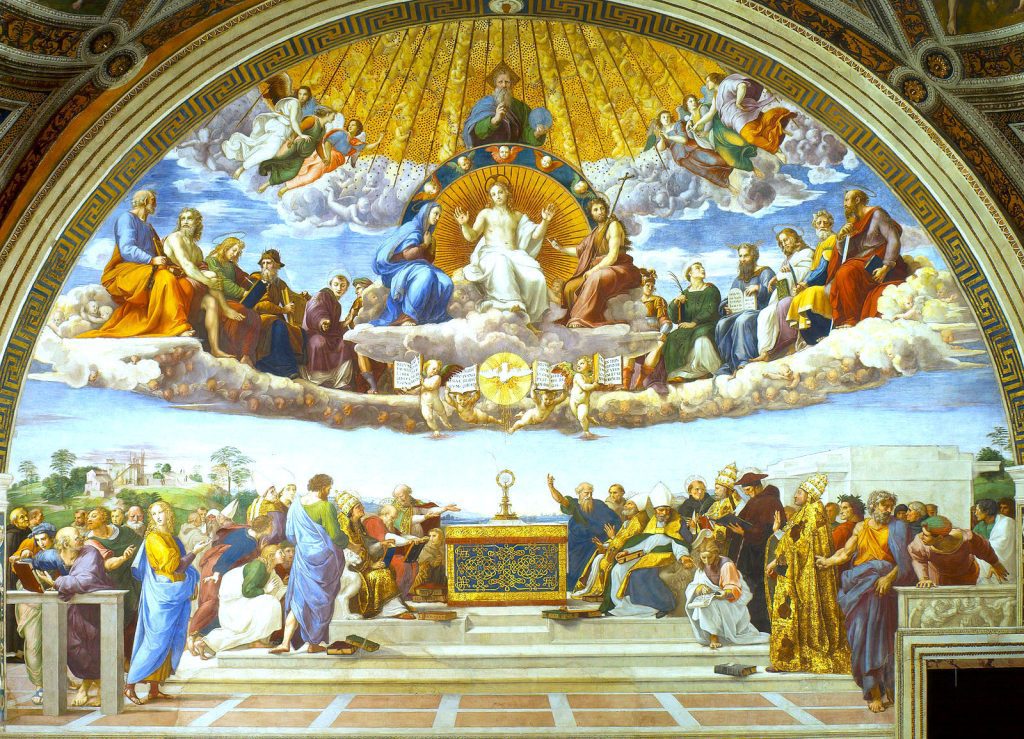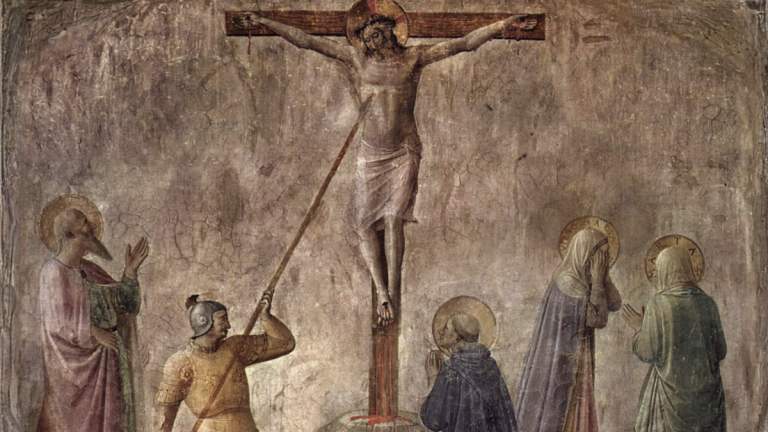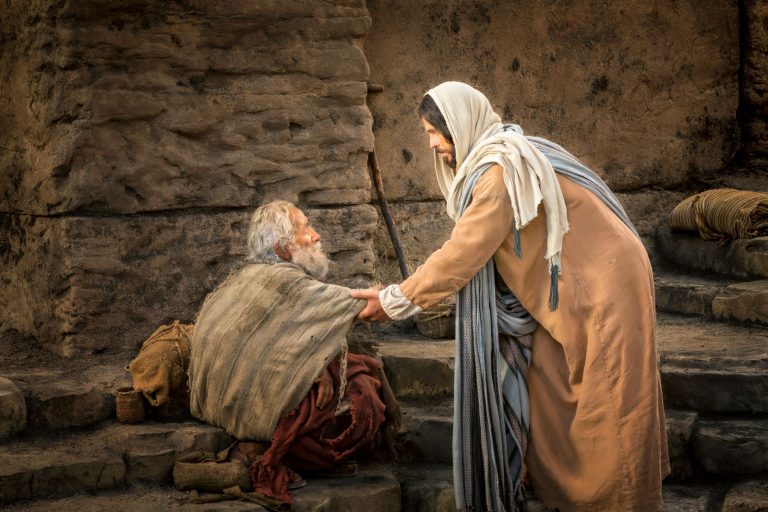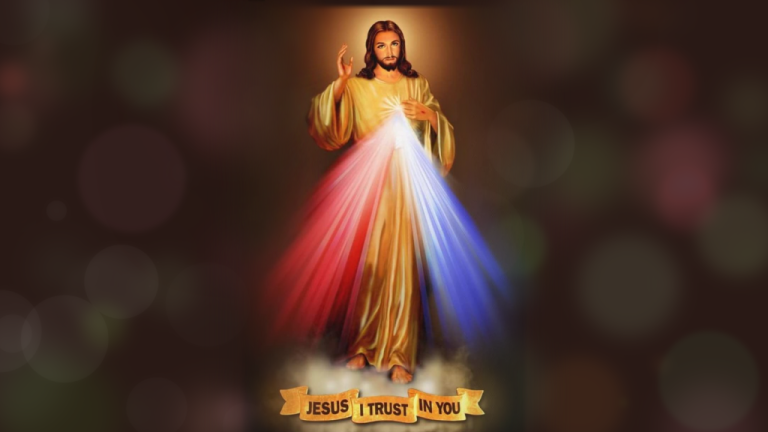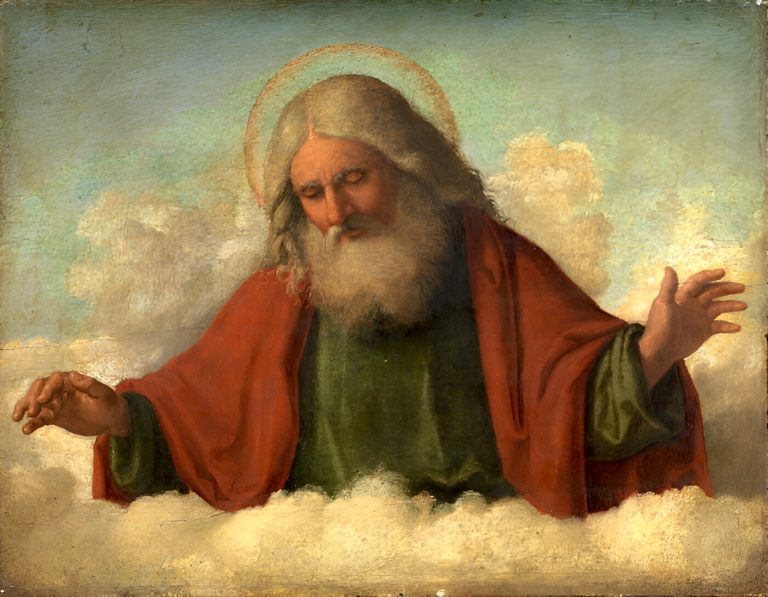Most religious people are very polite. They avoid hurting anyone’s feelings. So, most Protestants and Catholics have been dancing around a great difference in their faiths for many centuries. Celibacy is usually glossed over in polite conversation. Catholic priests are required to be celibate. Protestant ministers are allowed to have sex.
Catholic clergy, with the exception of some small groups in the Middle East, is celibate. None of the Protestants practice celibacy. The difference is nearly universal.
Catholic Fundamentalism asks the question: Is much of the Protestant religion a manifestation of its clergy’s universal desire to have orgasms?
Many colleges offer courses in “Comparative Religion”. A most obvious comparison would contrast those that allow clerical orgasms and “the celibate religion” that does not. There have been over 33,000 identifiable Protestant groups. A comparison beyond coincidence: none have demanded celibacy.
It may seem crude to analyze religious groups in terms of their clergy’s ability to justify their own desire for orgasms. When we read of the famous Protestant founders, we find that John Calvin provided two volumes, 1500 long, hand-written pages, of justifications for Calvinism. Luther’s outpourings were as voluminous. Throughout the nations embracing schisms, local religious leaders found a “growth industry” by justifying attacks on The Church. All of them provided justifications for clerical orgasms. Today, honest schismatics admit them to be boring and tendentious.
Was the entire writing of Protestant “theologies” nothing more than long, boring justifications for their clergy to have orgasms? Could The Creation Program provide that much opportunity for fraud, deception, and rampant shallowness involved in establishing institutions once thought to be respectable by those in them?
Today, even schismatics don’t care much about their own theology. The Catholic Church describes them as “separated brethren”. In that term, the difference between holy Abel and murdering Cain quickly comes to mind. Their current “theology” has pretty much sunk into various “self-help” books that boil down to “pray and grow rich because that’s what Jesus wants for you.” Less financial schismatics spend a lot of time murmuring and muttering about the giant, schismatic mega-churches.
The wealthiest of the clergy in schism are the glibbest. They own vast mega-churches. They have mansions, servants, personal jets, and pilots. The poorer schismatics complain about the “unfairness of it all” as old, mainline denominations and churches struggle to stay alive. That pretty much sums up the emptiness of Protestant discourse. Their shrinkage over time may, in itself, be an indication that many denominations have shallow underpinnings that may be no more than manifestations of their clergy’s desire to have orgasms.
Why is this important? Every day, 3,500 unborn babies are destroyed by abortion. The Christian community, largely pro-life, is splintered by schisms. If all pro-life people were Catholic, we would be able to elect more pro-life legislators and enact baby-saving legislation. We should understand that schisms allow the death to go on, and we should consider what seems to be the root cause of Christian schism. When we see that there is no good reason to be divided among all these different, competing schisms, and return to Rome, we can build a pro-Life world.
We may overcome the guilt and sorrow in leaving beloved friends and family behind, leaving our schisms, and returning to Rome by getting a better understanding of what a base motivation caused the great division between Christians.

